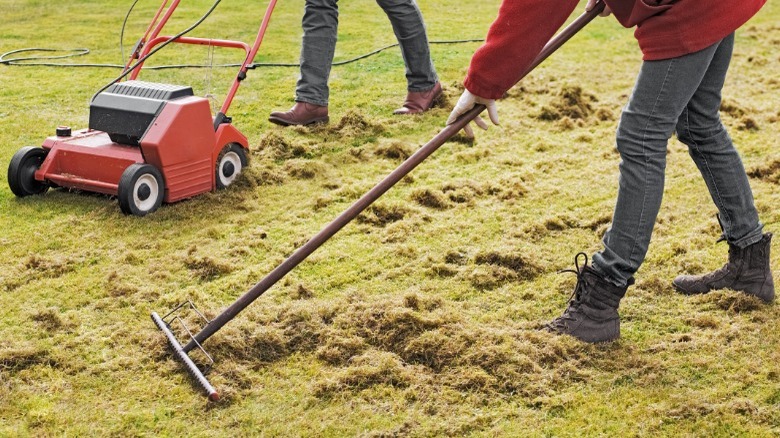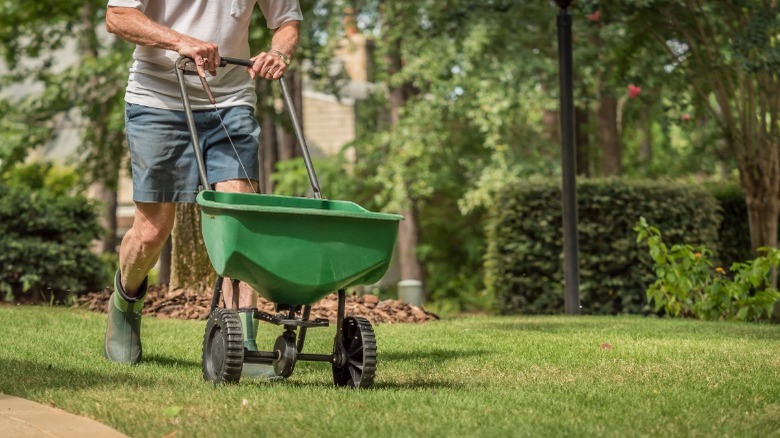With summer upon us, we all want our lawns to be as green as possible. So it’s natural to sometimes go overboard with the hose or sprinkler, which, as you might have guessed, is the top watering mistake people make with their lawns. But it’s one of the worst things you can do for your grass. Overwatering can harm your lawn by flooding and washing away the nutrients instead of allowing the grass roots to absorb them. A recommended watering schedule for your lawn is twice a week, with each session lasting around 30 minutes.
However, the water only needs to penetrate about 5 inches deep. If the water begins to pool on the surface, it’s too much. Too much water also contributes to a shallow root system, making it vulnerable to disease and drought. It’s possible you could even drown your grass due to insufficient oxygen intake for aerobic respiration. If unsure, test your soil’s moisture by digging down to where the moisture stops. This will give you an idea of whether your lawn needs more or less watering.
Signs of overwatering your lawn

When you’re overwatering your lawn, there are signs. One thing that will tell you right away if you’re giving it too much water is the sponge test — there’s excessive water if it feels spongy and squishy underfoot. Another sign is too much thatch. That layer of partially decomposed plant material on the grass is called thatch, and an increased amount is terrible. A little bit of thatch provides necessary nutrients, but too much of it means the organisms in the soil can’t break it down anymore, and oxygen can’t reach it.
Additionally, too much thatch brings in too many bugs, providing them a haven under its layer of protection. Another sign of overwatering is a myriad of weeds, such as crabgrass and yellow nutsedge. These aggressive species will start taking over before you know it. Overwatering can also provide the perfect conditions for certain fungi to grow on the blades, causing discoloration. Mushrooms can also begin to pop up, but they won’t be edible, which can harm pets and children if ingested. These are just a few signs you may be overwatering.
How to fix an over-watered lawn

Luckily, you can still fix the problem if you’ve overwatered your grass. The first step is to figure out how often and how much water to feed it. Lawns need 1 inch to 1½ inches of water per week, including rainfall. If it doesn’t rain throughout the week, it’s easy to figure out how long to leave your sprinklers on by using the tuna can trick. Just take a few empty tuna cans and place them around the sprinklers. Then turn them on with a timer, watching the cans until they get about an inch or so of water. Check the timer to see how long it took, and that’s how long to water the lawn twice a week. Remember to always water in the early mornings.
If you have thatch buildup, remove it. If you have fungi growth, treat your lawn with a fungicide. If you have an abundance of pests, you may need to use a pesticide that’s safe for your lawn as well as the environment. Once you have these other problems solved that were created by overwatering, use fertilizer to get your lawn back in healthy condition. As you can see, it’s much easier to grow and care for your lawn without making the mistake of overwatering in the first place.



